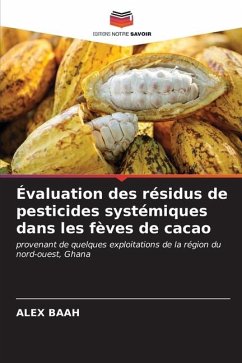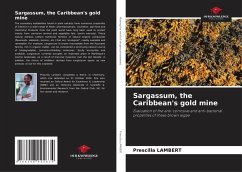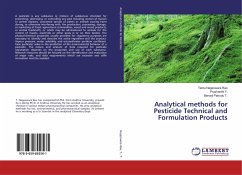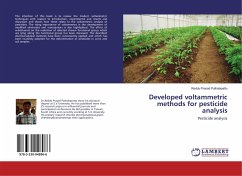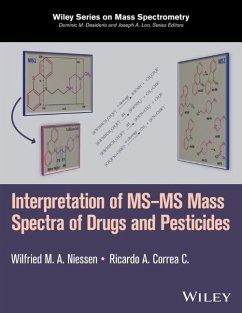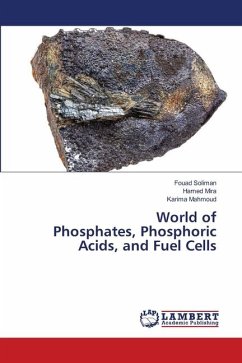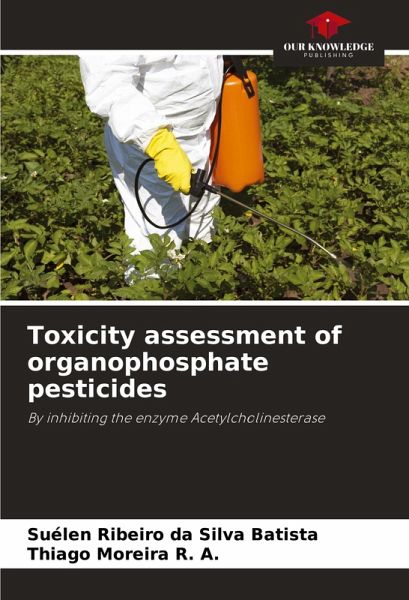
Toxicity assessment of organophosphate pesticides
By inhibiting the enzyme Acetylcholinesterase
Versandkostenfrei!
Versandfertig in 6-10 Tagen
24,99 €
inkl. MwSt.

PAYBACK Punkte
12 °P sammeln!
According to recent data, Brazil is the world's largest consumer of pesticides. This is accompanied by an increase in the number of studies highlighting the harmful effects of these chemical agents on human health and the environment. Among the most widely used pesticides in Brazil and worldwide are organophosphates. The main structural characteristic of these compounds is the presence of a pentavalent phosphorus and their main toxic action is the inhibition of the enzyme acetylcholinesterase (AChE). This enzyme, among other functions, plays a fundamental role in the nervous system of most liv...
According to recent data, Brazil is the world's largest consumer of pesticides. This is accompanied by an increase in the number of studies highlighting the harmful effects of these chemical agents on human health and the environment. Among the most widely used pesticides in Brazil and worldwide are organophosphates. The main structural characteristic of these compounds is the presence of a pentavalent phosphorus and their main toxic action is the inhibition of the enzyme acetylcholinesterase (AChE). This enzyme, among other functions, plays a fundamental role in the nervous system of most living beings. Another characteristic of organophosphate pesticides that has been studied is the formation in the environment of some degradation products that are more toxic than the original substances. The aim of this study was to assess the neurotoxicity of two organophosphate pesticides that are widely used in Brazil, methyl parathion and chlorpyrifos, as well as some of their main by-products. This evaluation was carried out by determining the IC50 values of AChE for these substances using an adaptation of the method by Ellman et al.






